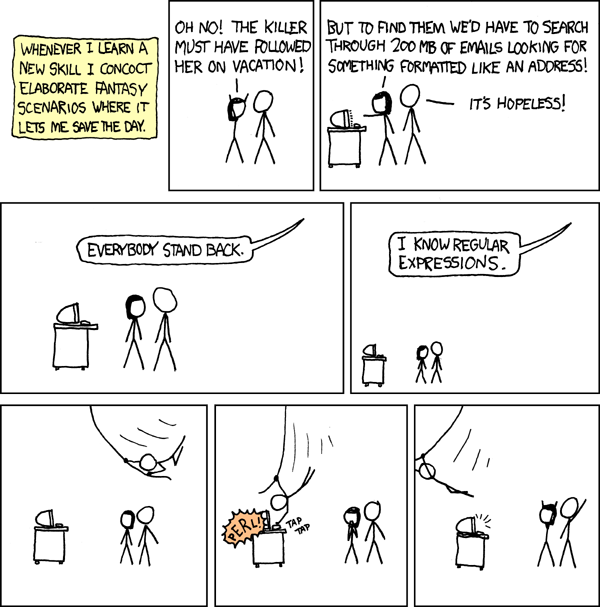Preamble
In projects, authentication of user information is always necessary. There are many ways to validate information, but the simplest is probably still using Regex. In this article I will introduce you to the basics of regex and some commonly used patterns.
1. What is regex
The full regex, Regular Expression (translated into Vietnamese as a regular expression), is a paragraph of special characters used to match strings or a set of strings. It is really useful in many cases such as extracting information from a text (code, file, log, excel file, doc, etc.)

2. Pattern syntaxes in Regex
1 2 | ^[a-z][a-z0-9_.]{5,32}@[a-z0-9]{2,}(.[a-z0-9]{2,4}){1,2} |
Surely you more or less have encountered a long code of code similar to the above without understanding what it means? So let’s find out some special characters used in regex to know what it means: 3.
Before introducing the special characters, I shared a tool to test the regex as https://regex101.com/
A backslash turns a lowercase character adjacent to a special character. For example if ‘w’ without the backslash would match the lowercase w characters. But with the forward slash, w , it becomes a special character.
Details of these special characters, you can see more here .
Don’t forget that is also a character that can be matched, so \ can be used to match this character.
^
Matches the leading characters of a string.
For example, /^A/ won’t match an Apple because A is not at the top of the string, but it will match Apple because A at the top.
$
Match the characters at the end of the string.
For example, /g$/ would match the Huấn Hoa Hồng because there is a g character at the end, and it does not match Khá Bảnh because there is no g character at the end.
{n}
The preceding character must appear n times. n must be 1 integer.
For example, /a{2}/ doesn’t match soma but matches somaa
{n, m}
The preceding character must appear from n to m times. n, m must be 1 integer. If m is omitted, it is equivalent to ∞.
For example, /a{2,5}/ does not match somaaaaaa but matches somaaa
*
Allow the preceding character to repeat 0 or more times. The equivalent of writing {0,} For example, /ha*/ does not match hihi but matches haha
+
Allow the preceding character to repeat 1 or more times. Equivalent to writing {1,}.
For example, /a+/ matches a in soma and cx matches a in somaaa
?
Allow the preceding character to repeat 0 times or 1 time only. Equivalent to spelling {0,1}.
For example, /lo?/ Matches lo in viblo and but not in lo in alolo
.
Sign . match any single character except a new line.
For example, /.a/ would not match with alo , but would match ba , ma
[az]
Type this pattern to match any 1 character in square brackets.
The - sign indicates that from a to z, you can also use [abcd] instead of [ad]
You can use the preceding ^ sign to denote negation
For example, [^ abc], the match character will not include a, b, c
